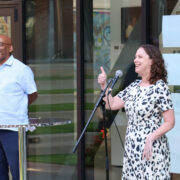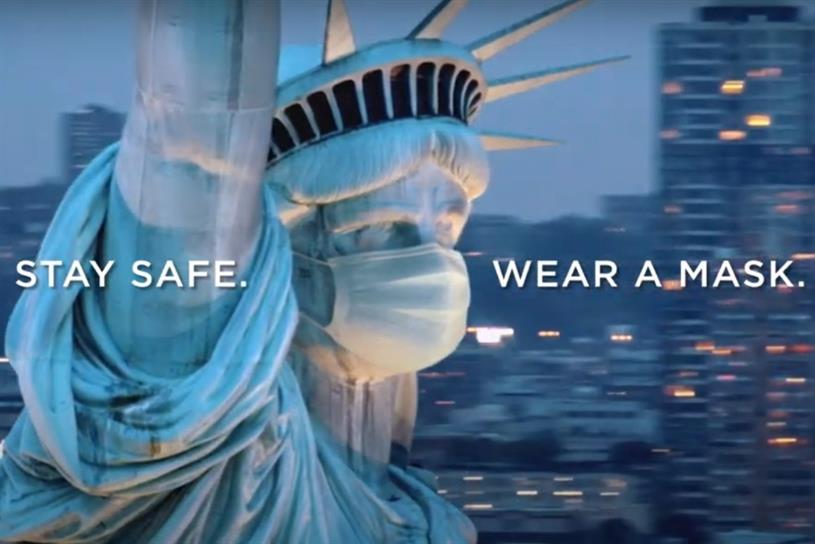
While the city of Tulsa’s search for the remains of victims from the 1921 Tulsa Race Massacre has been celebrated by many, some members of the investigation’s public oversight committee are questioning the pace and focus of the endeavor.
At a Dec. 17 meeting held virtually, members of the efforts’ physical investigation committee gave a presentation on their findings so far, including the discovery of a mass grave at a site in Oaklawn Cemetery where victims are said to have been buried following the racist attack.
“From everything that I’m reading, you all, I don’t see what new that we’ve uncovered that wasn’t documented 100 years ago,” said Oklahoma Rep. Regina Goodwin (D-Tulsa), a public oversight committee member. “Not only to the degree of those folks that went in some 20 years ago with equipment that clearly was good enough for you all to use because you went directly to the spot.”
Dr. Kary Stackelbeck, state archaeologist of Oklahoma, responded that they believe there is potential at the site they’ve excavated to uncover remains of individuals not identified in historical records.
“If our estimations are accurate, and if this mass grave actually includes more than 18 individuals, then presumably these are going to be folks for whom we don’t have that kind of documentation,” Stackelbeck said. “And what we discover through this investigation may be the only kind of information that we’re able to glean about those individuals and if they are victims.”
Oversight committee members Kristi Williams and the Rev. Dr. Robert Turner asked why the city was not actively investigating a site at Rolling Oaks Cemetery where victims were possibly buried.
“The city of Tulsa and the University of Oklahoma have reached out to the property owner repeatedly throughout the pandemic,” said Tulsa Deputy Mayor Amy Brown. “Unfortunately, he is still unwilling to travel from California to Oklahoma, and the terms of our agreement say that he will be present before he will allow us access to his property.”
“I really don’t understand,” Williams said. “How can the owner of Rolling Oaks decline us, you know, searching for bodies there, considering that this is a crime scene investigation? I don’t understand why we can’t just do it.”
Forensic anthropologist Dr. Phoebe Stubblefield, a co-lead on the physical investigation team, said the team is hoping to investigate at Rolling Oaks without antagonizing the owner for strategic reasons: if they pursue a search warrant, they may not get one.
“Think of it not like a cemetery with the remains of victims in it. Think of it as if it were your yard, and what would you want to happen to have people come up to you and say, ‘Hey, 100 years ago there were people buried in your yard in a crime and we want to investigate it,'” Stubblefield said. “And you go, ‘Yeah, okay. It’s my yard but, yes, you’ve asked me permission, you can go investigate it.'”
“Now think of: ‘Oh no, I just landscaped this and planted it. I don’t want you disturbing my yard for an investigation 100 years old.’ ‘Well, it’s an investigation. I’m going to go get a court order and get a search warrant and see if a judge will grant it.’ ‘The judge didn’t grant it. But you still annoyed me to the point where now we are no longer neighbors and I would not even in a friendly way let you in,'” Stubblefield said.
“That is what is at stake,” Stubblefield said.
Turner did not appear satisfied by the answers.
“This is really preposterous,” Turner said. “Now I hope the attendees on this call see why justice for Black people from crimes, high crimes such as massacres, are hardly ever investigated, because of procedures and because of people such as the owner of Rolling Oaks. He can say all he wants to say. I can’t hear what you say because I’m so busy seeing what you do.”
“And he has from the very beginning, we’ve talked about this possible warrant, and the mayor mentioned at one of the meetings, ‘We can go the legal route, but that would take a long time.’ I doubt it would take as long as this,” he said.
“I think, as I’ve stated in many meetings beforehand, we are allowing this individual to hold up a criminal investigation,” Turner said. “The worst crime in this city’s history is being held up by one white man. And white men actually did the race massacre in 1921. And now they are impeding, one in particular, the progress of finally getting all the bodies we need.”
Dr. Scott Ellsworth, a member of the physical investigation team, said their efforts will not be limited to Oaklawn.
“I think it’s important to remember that we’re looking for the remains of any and all massacre victims, wherever there may be. So we’ve had a lot of focus on Oaklawn, and we’ve talked a lot about Rolling Oaks, too,” Ellsworth said. “But I just wanted to assure you that our investigative efforts in terms of trying to learn of other possibilities have been ongoing.”
The committees are expected to meet again in January to discuss potential further investigations and excavations in the new year.










